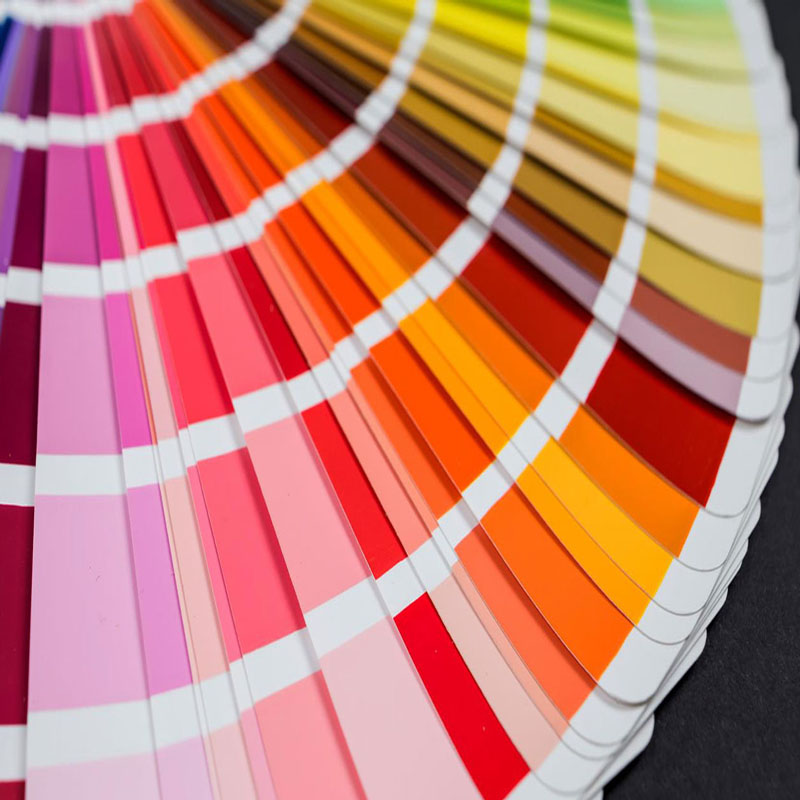
Combining colors in building painting is a key and vital action. People looking to paint their home, work space or any interior look for unique colors of building paint to create a special visual appeal. In nature, there are various colors, but some colors are not made naturally and to achieve the desired pigment, we need to mix several colors together. How to combine, techniques and tricks for this is a specialized approach. Knowing the colors and their mixing volume is very important to achieve the desired color.
Before we start mixing colors, we need to be familiar with the basics. Primary colors are divided into three categories: blue, red and yellow. Other colors are obtained from the combination of these three primary colors. By combining one or two or all three colors, and based on the mixing ratios, a new color is created. White and black are used to make light and dark colors. For example, to make a light blue color, we add some white to it, and for dark colors, a certain amount of black color is added.
Derived colors are created by combining primary colors. For example, the combination of yellow and red produces orange, red and blue produce purple, and yellow and blue produce green. New complementary colors are also created from the combination of different colors. These colors can be in the form of oil paint or water-based acrylic paint. 
It is very useful to use the color table or formula. These tables help you better understand the combination of primary colors and achieve your desired color. By changing the mixing ratio, different pigments are created and these formulas can help reduce errors and mistakes in mixing colors. 
The combination of colors in building painting has many advantages. Some of these advantages are:
 Frequently Asked Questions
Frequently Asked Questions
To combine colors, use the primary colors (red, yellow, and blue) and mix them together. You can also add white and black to create lighter or darker colors.
To create brighter colors, add white to the base color. For darker colors, add black or other dark colors. The amount of black should be small so that it does not affect the darkening of the color.
Calm and soft colors such as blue and green are suitable for the bedroom, while energetic colors such as red and orange are suitable for the living room and kitchen. For bathrooms and toilets, bright and clean colors like white or pale blue are suitable.
Yes, metallic colors can give an attractive and modern look to the walls. These colors are suitable for walls with decorative details. It is better to get help from building painting consultants to use these colors better.
Yes, the psychology of colors can have a great impact on the emotions and mood of people in a space. Warm and energetic colors can give a feeling of warmth and energy to the space, while cool and soft colors create a feeling of relaxation and comfort.
Use the color wheel to see which colors go well together. Complementary, similar and triple colors can be good choices for color combinations. You can also test small samples of colors on the wall to see the final result.
Yes, using matte and glossy colors side by side can create an attractive contrast and give walls more depth and dimension. This technique is very suitable for walls with decorative details.
For the external walls of the building, use weather- and UV-resistant paints. Lighter colors tend to absorb less heat and can be a better choice for hot areas.